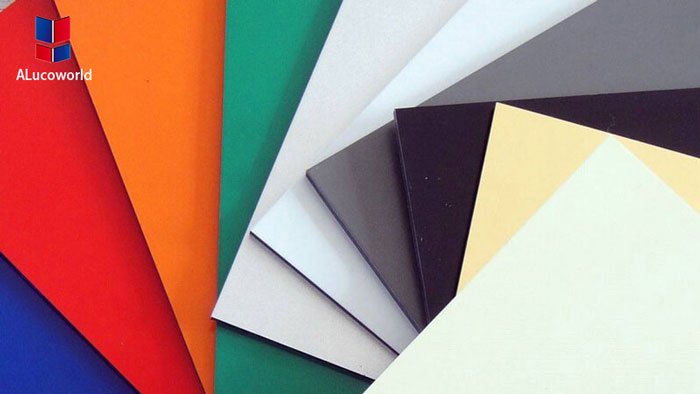Aluminum Composite Panel is a panel made of two aluminum sheets which are thin and which are bonded to a non-aluminum core. They are mainly used in architecture for both external and internal partitions. They are also used for signage and insulation. The core should not be flammable as it can cause problems as a building material.
The Panels are produced in a broad range of non-metallic and metallic colors and patterns that liken other materials such as marble and wood. Polyethylene which is a material of low density is commonly used as the core.
Aluminum Composite Panel installation guideline
- Use VHT Tape which has two sides for effective installation. This is because these tapes eliminate the needs of using screws and rivets. They also make a smooth, clean appearance.
- Ensure 55cm2 of VHB tape/kilogram is be used for static dead load support. Also, factor in the wind Loads if you are going to use these panels externally.
- Surface coat the metals with paint and primers to alter their service energy. In so doing, you will have done an adhesion and surface preparation.
- Ensure the tape width is the approximate size to allow transfer of wind load on the composite panel to the building structure.
- Determine the tape width which is appropriate for perimeter bonded panels. This will ensure that you have the exact width tape for permanent loads-dead load holding.
- Calculate the amount of possible thermal joint movement due to differences in thermal expansion between the metal frame and the panel. This will ensure that you have the exact tape thickness and provision for movement.
- Establish an appropriate work area free from dirt, dust, etc. This is because the tape will bond strongly to the surface it contacts.
- Maintain the temperature of the working place at 15oc.
Installation process
- Prepare the surface properly by ensuring no contaminant at all even fingerprints.
- Handle the tape at the edges and apply it to the prepared surface aligned with the edge then apply pressure to it to ensure proper surface contact.
- Install the panel in one weeks’ time.
- Push the panel on to tape and make sure it is in contact with the tacky tape surface which is exposed.
- Apply final pressure to all the bond area of the panel.
- Apply silicone sealant around the panels’ entire perimeter. It acts as weather sealant and protects the VHB tape from cleaning agents which are potentially aggressive.

